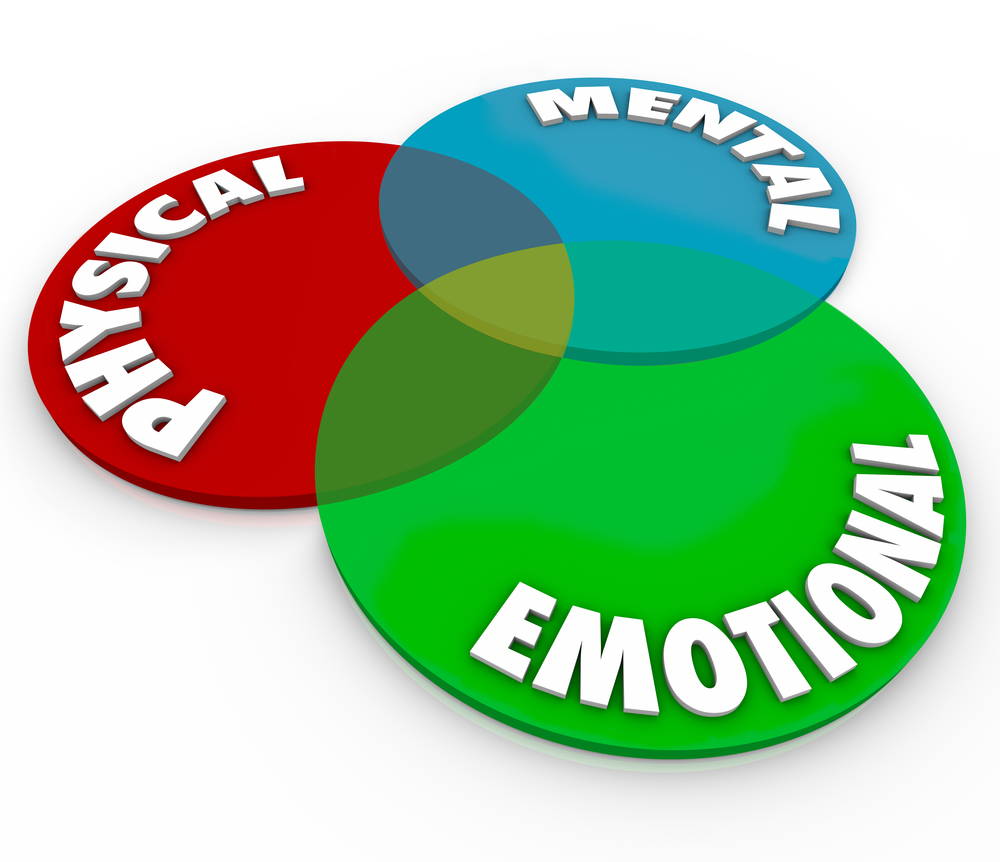Empathy and Emotions and their impact on learning

Empathy is the ability to understand and share the feelings of another.
When a learner feels understood and supported:
* It helps them to stay motivated as they know that someone understands them and will listen if they are struggling or need advice.
* It increases self-awareness and encourages them to advocate for themselves.
These skills in turn lead to better outcomes in their learning experience, post-learning and also in future employment.
Tuning in to a learners emotions shows them that you understand and accept them without judgement.
Empathy is different from sympathy. Sympathy focuses on responding or reacting to experiences, empathy takes this a step further as the person will be able to put themselves in the other persons shoes.
Some simple ways to show empathy:
- Be curious. Empathetic people are curious about others. This curiosity helps them empathise because it exposes them to different views, lifestyles, and people they may not usually meet.
- Focus on similarities rather than differences. Every single one of us has biases. Sometimes this is referred to as unconscious bias. We all make assumptions (consciously or not) based on stereotypes, what we see in the media, what others tell us or cultural stigmas. Doing this can cloud our judgement and stop us from understanding individuality and unique qualities.
- Put yourself in someone’s shoes. Try and understand their life by being curious and asking questions, immersing yourself in the lives and experiences of others is a great way to increase your empathy.
- Listen, but also share. Empathy is not just about having empathy for others but also sharing things (relevant and not breaching professional boundaries) about yourself. It builds trust. Empathy can go both ways.
All of these things will enhance an experience for your learners.
Emotions
Feeling emotional? Research shows that your feelings affect how you learn. This includes how you process new information, how you solve problems, remember information and even how much attention you have.
If you are learning something new you are opening yourself up to new possibilities. If it is something you are choosing then great, but if you’ve been put on a course you don’t want to do, or feel unsure about, emotions can play a big part on the outcome.

Positive and Negative Emotions

Negative emotions: Stress, anxiety, sadness, disinterest, fear, anger, indifference and boredom.
All of these can hinder the learning process and affect the ability to learn. In a learning setting fear of not achieving, being unprepared or being disconnected from other learners will end in a negative learning experience. Low motivation to learn or disengagement with the process can be a result of negative emotions which are unproductive.

Positive emotions; Pride, hope, happiness, joy, interest, engagement, passion and creativity.
Positive emotions reward the brain, this feeling makes learning desirable and fulfilling. It helps focus and the learners attention span lasts longer. Learners with a positive frame of mind can respond well to constructive criticism, feedback and push through challenges.
Make sure that you understand how to recognise emotions and engage with your learners to address them. Showing empathy is a great starting point!
My passion is for learning, any age, anywhere, anytime. That is why I offer Interactive E-learning, Face to Face training, Microsoft Teams/Zoom training and consultancy services. Learning should be easy to organise, and more importantly fun!
The world is moving so fast these days, especially where technology is concerned, everything is mobile, what would we do without our mobile phones and tablets? Learning takes place every day, whether it’s from an article we read, an app we download or a conversation we have going about our everyday lives. We are always learning and developing.
Author: Maxine Clark
Visit Maxine on LinkedIn
